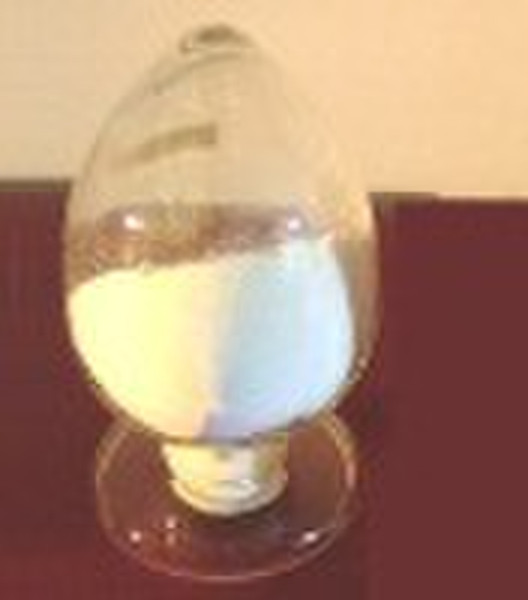Catalog
-
Catalog
- Agriculture
- Apparel
- Automobiles & Motorcycles
- Beauty & Personal Care
- Business Services
- Chemicals
- Construction & Real Estate
- Consumer Electronics
- Electrical Equipment & Supplies
- Electronic Components & Supplies
- Energy
- Environment
- Excess Inventory
- Fashion Accessories
- Food & Beverage
- Furniture
- Gifts & Crafts
- Hardware
- Health & Medical
- Home & Garden
- Home Appliances
- Lights & Lighting
- Luggage, Bags & Cases
- Machinery, Hardware & Tools
- Measurement & Analysis Instruments
- Mechanical Parts & Fabrication Services
- Minerals & Metallurgy
- Office & School Supplies
- Packaging & Printing
- Rubber & Plastics
- Security & Protection
- Service Equipment
- Shoes & Accessories
- Sports & Entertainment
- Telecommunications
- Textiles & Leather Products
- Timepieces, Jewelry, Eyewear
- Tools
- Toys & Hobbies
- Transportation
Filters
Search
3 5 Diiodothyronine
original price: 1,00 USD
Shanghai, China
Production capacity:
100000 Kilogram / Month

Eric sino
Contact person
Basic Information
| Place of Origin | Ningxia China (Mainland) |
|---|---|
| Brand Name | sino |
| Model Number | High purity |
| Function | Improve Gastrointestinal |
| Dosage Form | Powder |
3,5-Diiodothyronine is a metabolite of thyroid hormones (thyroxine and triiodo-L-thyronine). It has specific actions and those actions do not involve thyroid hormone receptors. (PMID 15807655)An intermediate in manuf of thyroxine. Increases serum levels of growth hormone (GH) comprable to T3 Stimulates cytochrome c oxidase - aka decouples Electron Transport Chain (slightly less than 3,3'-T2) Does not interfere with plasma membrane transport of T3 Increases activation of Glucose-6-Phosphate Dehydrogenase3 5 Diiodothyronine has effects on carriers, ion-exchangers, and enzymes. Recent studies suggest that 3 5 Diiodothyronine may also affect the transcription of some genesUntil recently, 3,5-diiodothyronine (3,5-T(2)) has been considered an inactive by-product of triiodothyronine (T(3)) deiodination. However, studies from several laboratories have shown that 3,5-T(2) has specific, nongenomic effects on mitochondrial oxidative capacity and respiration rate that are distinct from those due to T(3). Nevertheless, little is known about the putative genomic effects of 3,5-T(2). We have previously shown thathyperthyroidism induced by supraphysiological doses of 3,5-T(2) inhibits hepatic iodothyronine deiodinase type 2 (D2) activity and lowers mRNA levels in the killifish in the same manner as T(3) and T(4), suggesting a pretranslational effect of 3,5-T(2) (Garcia-G C, Jeziorski MC, Valverde-R C, Orozco A. Gen Comp Endocrinol 135: 201-209, 2004). The question remains as to whether 3,5-T(2) would have effects under conditions similar to those that are physiological for T(3). To this end, intact killifish were rendered hypothyroid by administeringmethimazole. Groups of hypothyroid animals simultaneously received 30 nM of either T(3), reverse T(3), or 3,5-T(2). Under these conditions, we expected that, if it were bioactive, 3,5-T(2) would mimic T(3) and thus reverse the compensatory upregulation of D2 and tyroid receptor beta1 and downregulation ofgrowth hormone that characterizehypothyroidism. Our results demonstrate that 3,5-T(2) is indeed bioactive, reversing both hepatic D2 andgrowth hormone responses during a hypothyroidal state. Furthermore, we observed that 3,5-T(2) and T(3) recruit two distinct populations of transcription factors to typical palindromic and DR4thyroid hormone response elements. Taken together, these results add further evidence to support the notion that 3,5-T(2) is a bioactive iodothyronine.
Delivery terms and packaging
Port: shanghai
Payment term
Documents Against Acceptance
Documents Against Payment
Letter of credit
Telegraphic transfer
Western Union
-
Payment Methods
We accept:









